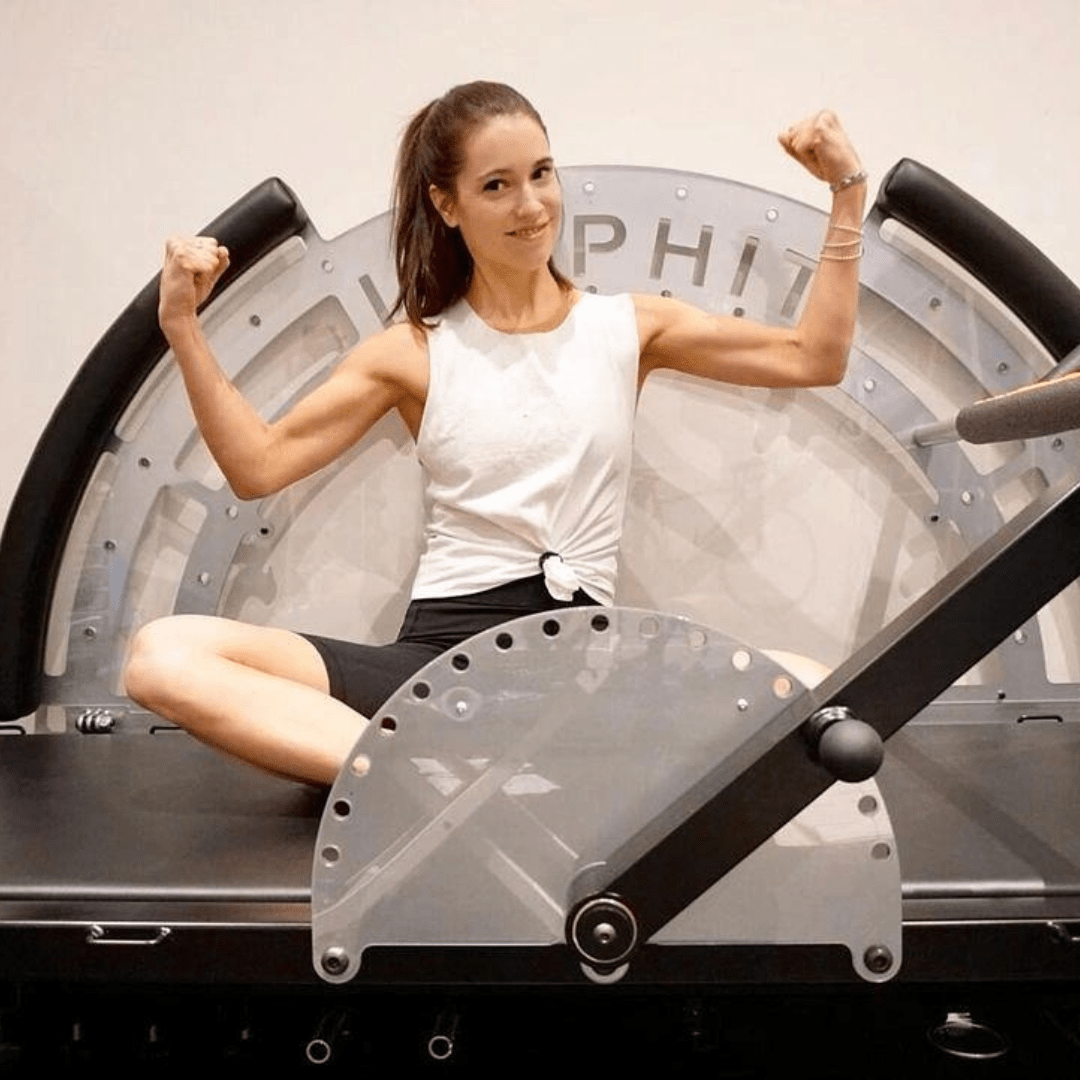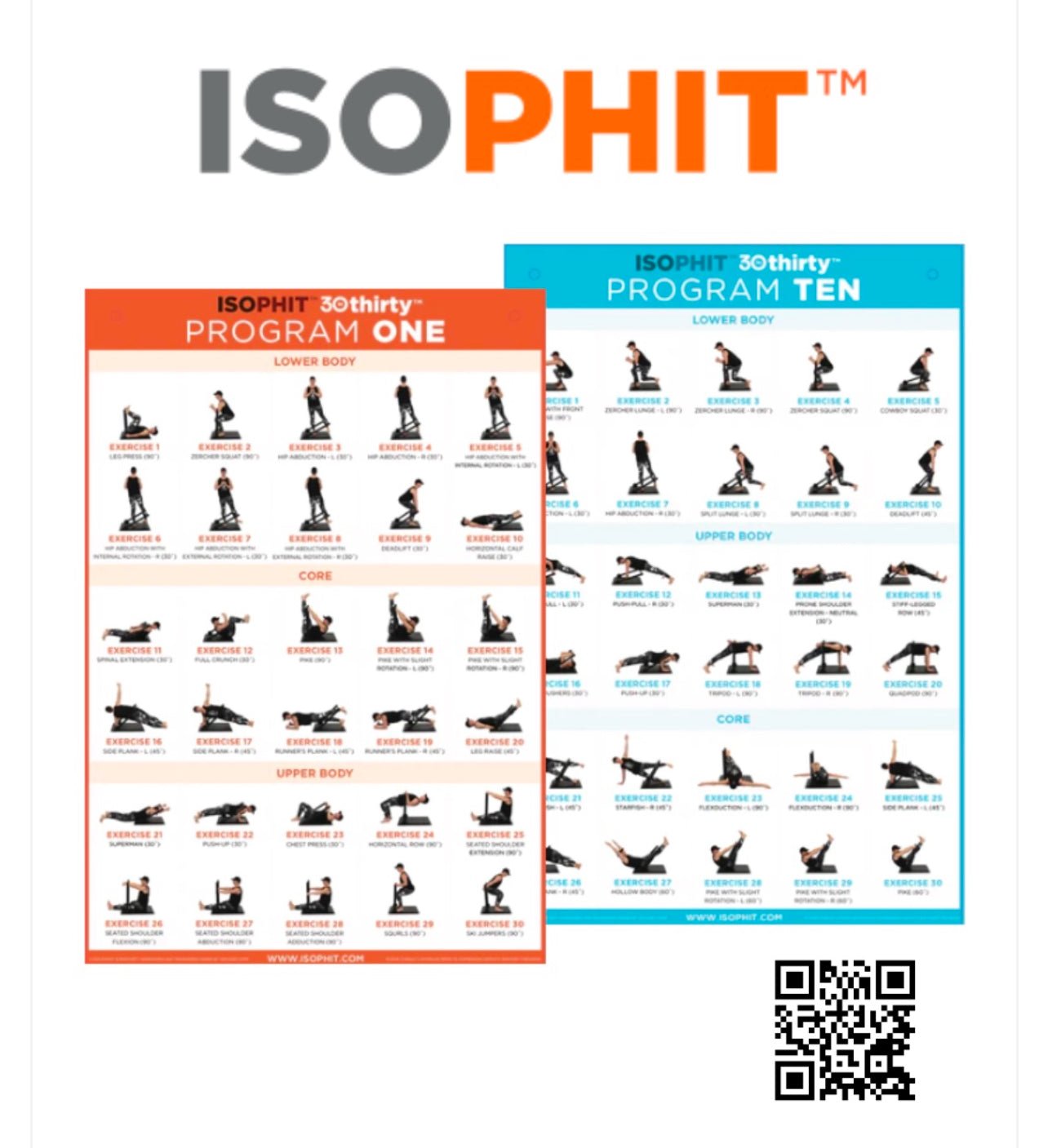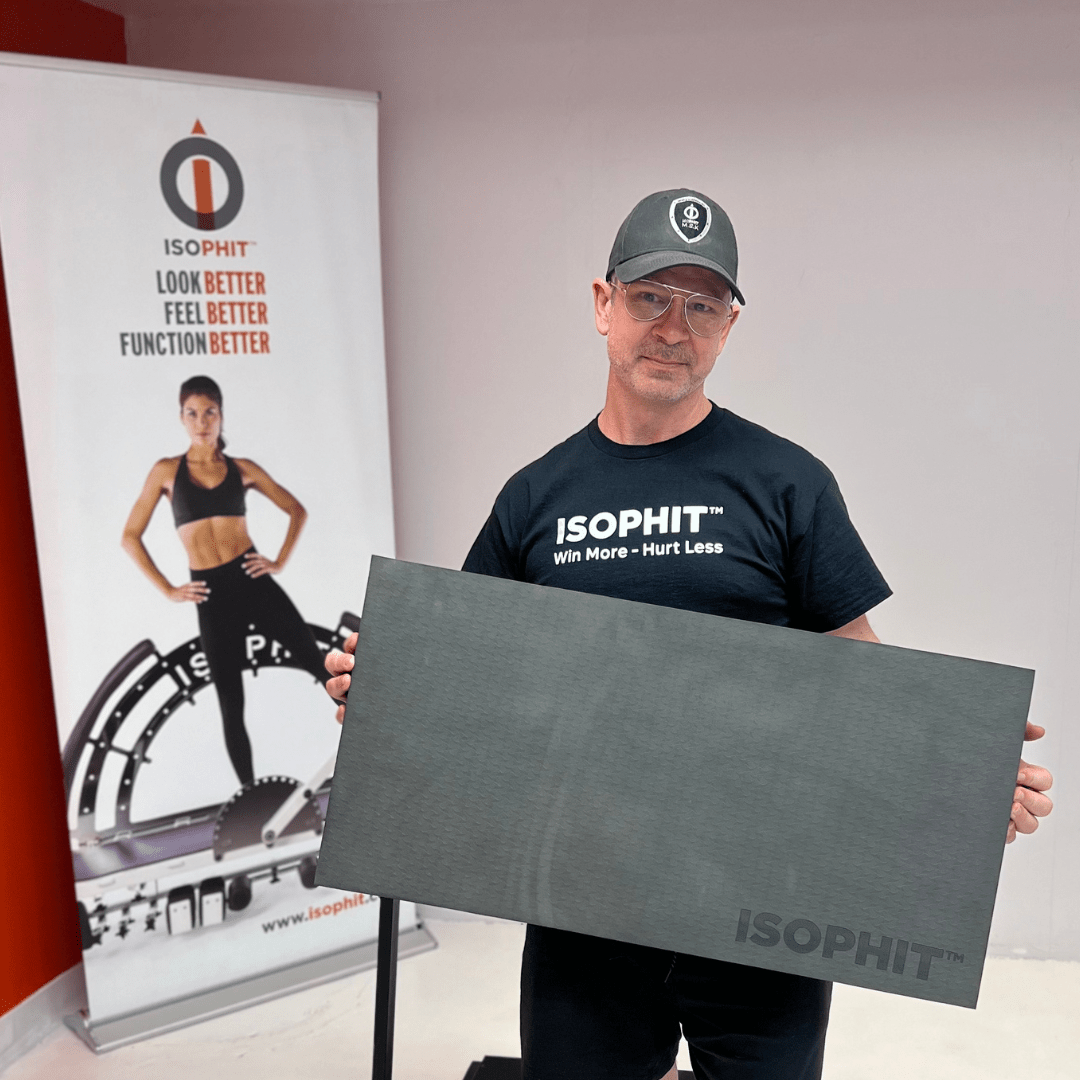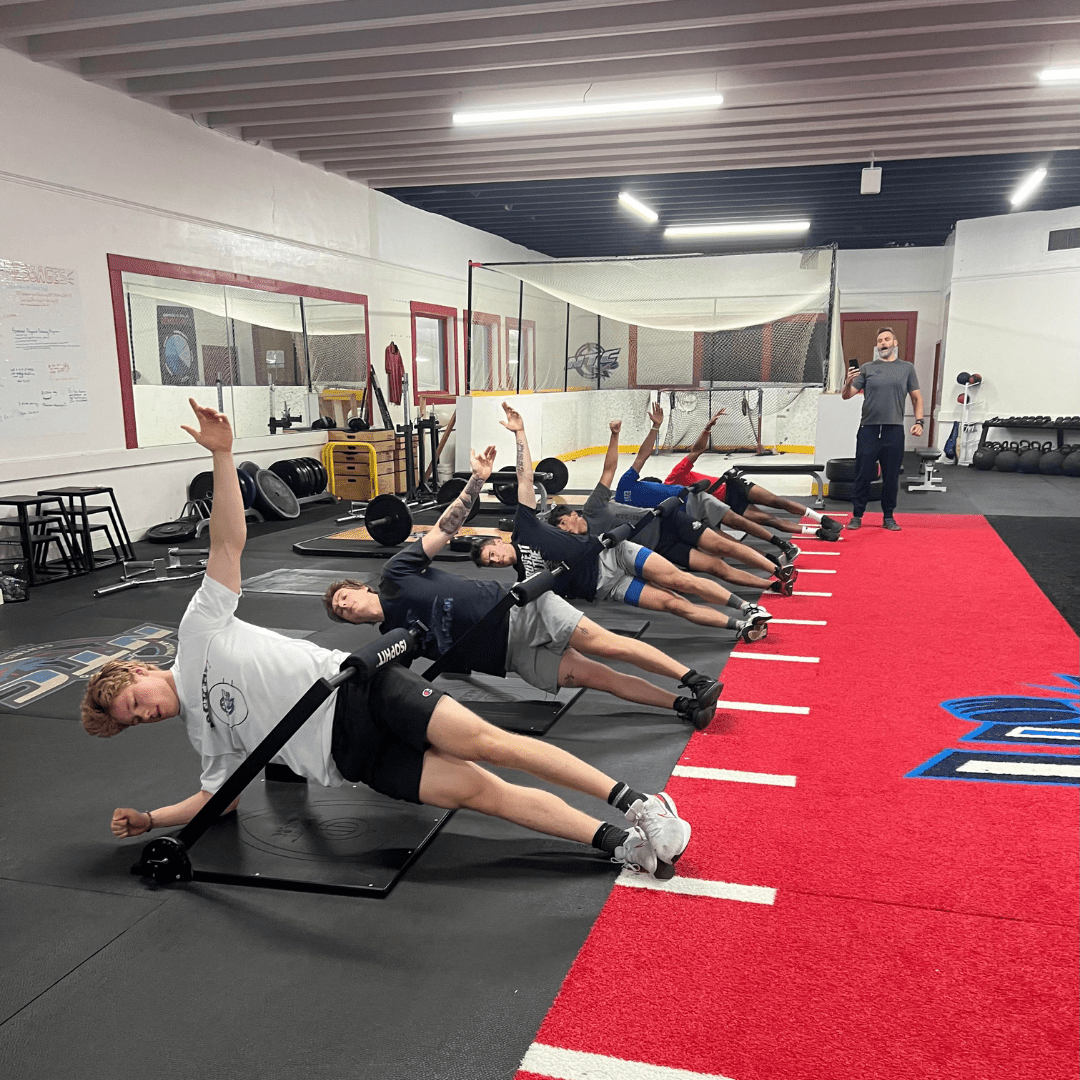Weightlifting is a dynamic and demanding sport that requires athletes to lift maximal weights in the snatch and clean & jerk techniques. To achieve success in these lifts, weightlifters must possess a combination of explosive power, technique, and isometric strength. Among the various types of strength training, isometric strength has gained attention for its potential impact on weightlifting performance.
A recent investigation compared the maximal isometric force capacity between the start position of the first pull and the isometric mid-thigh pull in male and female weightlifters. The results revealed that the isometric mid-thigh pull exhibited significantly greater peak force and allometrically scaled peak force than the start position of the first pull across both genders. However, interestingly, the start position of the first pull peak isometric force showed significantly stronger correlations with snatch and total weightlifting performance compared to the isometric mid-thigh pull peak force. These findings suggest that while the isometric mid-thigh pull may reflect general strength capabilities, the start position of the first pull is more specific to weightlifting performance, particularly in the first pull phase of the lifts.
The first pull phase in weightlifting is critical for efficient barbell and joint mechanics, allowing weightlifters to generate tension, overcome inertia, and accelerate the bar vertically. It is during this phase that vertical ground reaction forces are applied to project the bar to waist height. The magnitude and direction of force application during this phase strongly correlate with the load lifted in the snatch and clean lifts. Additionally, elite weightlifters demonstrate greater relative peak vertical ground reaction forces during the first pull, highlighting its importance in achieving success in the lifts.
The most widely used assessment of isometric strength in weightlifters is the isometric mid-thigh pull, which evaluates maximal vertical ground reaction force and rate of force development in the position corresponding to the start of the second pull. While the isometric mid-thigh pull has shown correlations with weightlifting performance, the investigation suggests that assessing isometric strength in the start position of the first pull may reveal more relevant information for weightlifting success.
Coaches and practitioners working with weightlifters may consider implementing the start position of the first pull assessment in addition to the isometric mid-thigh pull to evaluate the strength characteristics specific to different phases of the pull. By focusing on enhancing maximal isometric force in the start position of the first pull, weightlifters can improve their performance in the critical first pull phase and enhance their overall weightlifting abilities.
Isometric strength training with Isophit can play a vital role in weightlifting performance. The start position of the first pull, reflecting the maximal force capacity in the first pull phase, emerges as a more specific determinant of weightlifting success compared to the isometric mid-thigh pull. Understanding the importance of isometric strength and its relationship to weightlifting performance can aid coaches and athletes in designing more effective training programs and achieving greater success in the sport of weightlifting.
For further information on isometric strength training and its profound impact on functional health and performance, visit our website at www.isophit.com or reach out to me via my email at brad@isophit.com.
Yours in Isometric Strength,
Brad Thorpe
CEO / Inventor
Isophit










Share:
Isophit: Isometric Strength Training May Improve the Functional Capacity and Quality of Life of Individuals with ALS.
Isophit: Reduced Hamstring Stiffness Increases ACL Injury Risk.